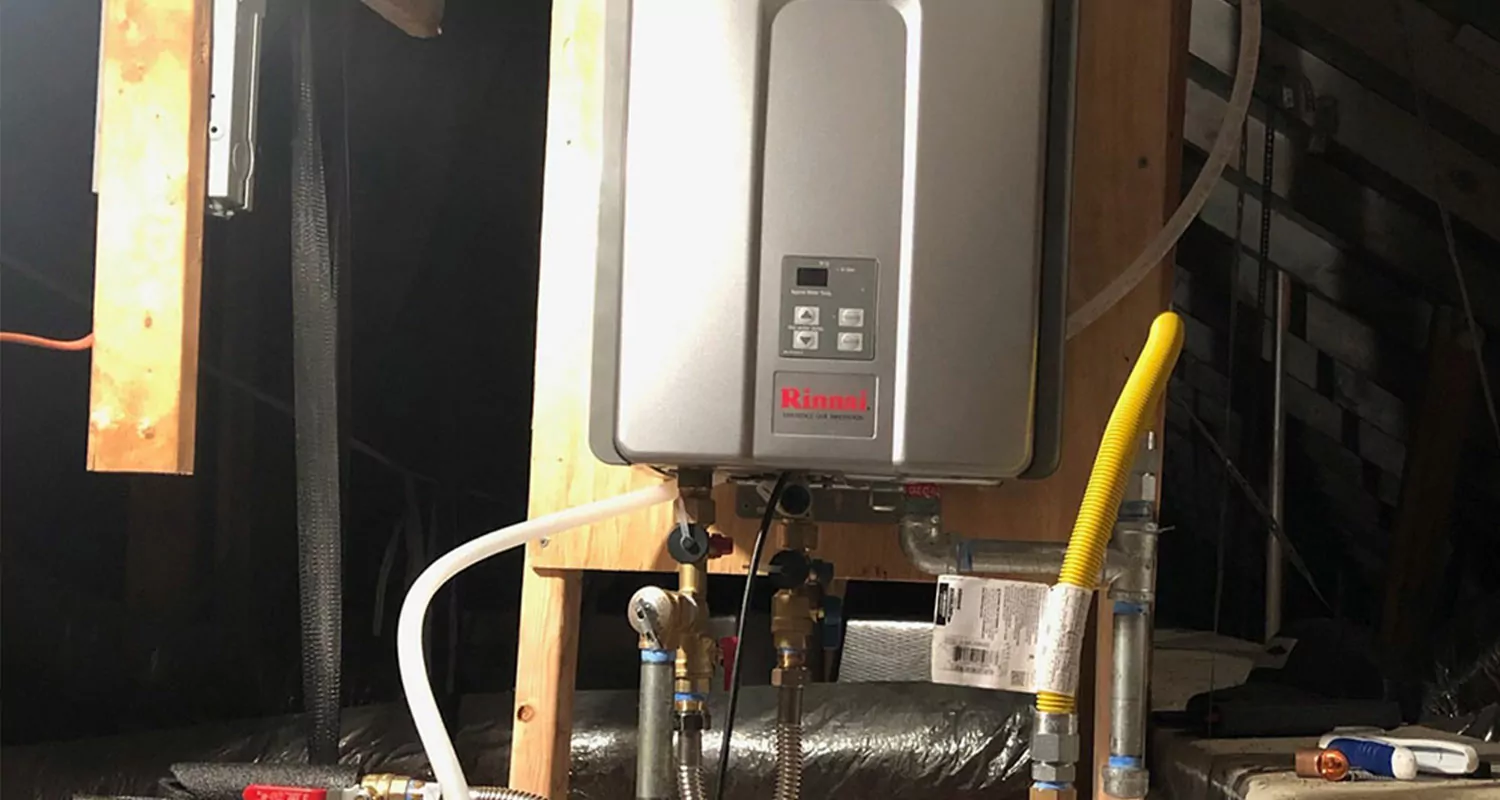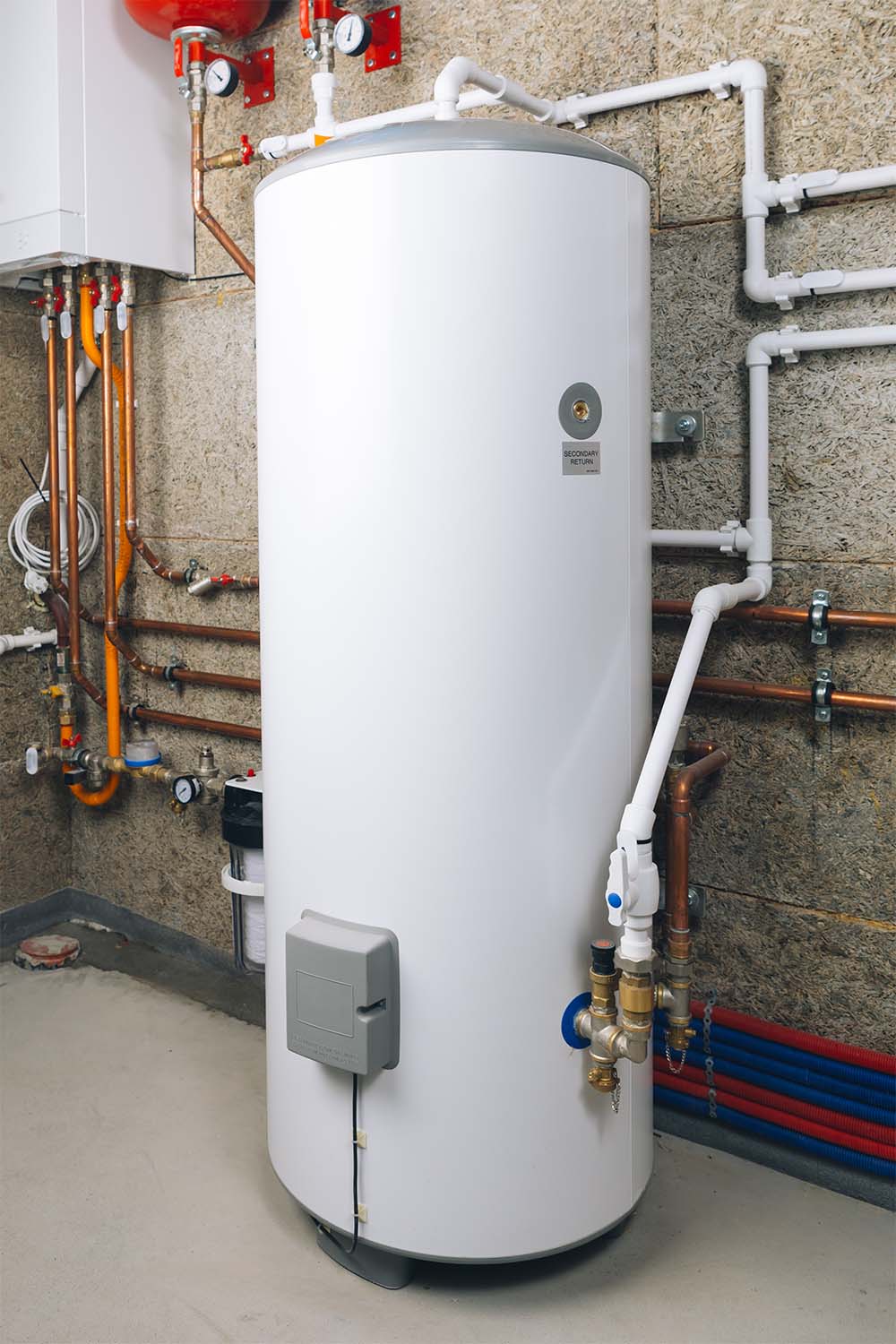In this article in the next paragraphs you'll find a good deal of sensible information on the subject of Tips on Maintaining a Water Heater.

Hot water is necessary for day-to-day comfort, whether it's for a revitalizing shower or washing meals. To guarantee your warm water system runs efficiently and lasts longer, routine upkeep is key. This short article supplies sensible pointers and understandings on how to preserve your home's warm water system to stay clear of disruptions and expensive fixings.
Intro
Keeping your home's hot water system may appear overwhelming, however with a couple of easy steps, you can guarantee it operates smoothly for several years ahead. This guide covers every little thing from understanding your hot water system to do it yourself maintenance suggestions and recognizing when to call professional assistance.
Relevance of Maintaining Your Warm Water System
Normal maintenance not only expands the lifespan of your hot water system but likewise guarantees it operates effectively. Ignoring upkeep can bring about decreased effectiveness, higher power costs, and even premature failure of the system.
Indicators Your Warm Water System Needs Maintenance
Understanding when your warm water system requires attention can avoid major issues. Watch out for indications such as irregular water temperature level, strange noises from the heater, or rusty water.
Understanding Your Hot Water System
Before diving right into upkeep jobs, it's handy to recognize the standard parts of your warm water system. Commonly, this includes the water heater itself, pipes, anode rods, and temperature controls.
Regular Monthly Maintenance Tasks
Normal month-to-month checks can aid catch minor issues prior to they rise.
Purging the Hot Water Heater
Flushing your water heater gets rid of debris accumulation, enhancing efficiency and prolonging its life.
Monitoring and Changing Anode Rods
Anode rods prevent deterioration inside the storage tank. Checking and replacing them when worn out is critical.
Checking and Changing Temperature Setups
Readjusting the temperature settings makes certain ideal performance and safety and security.
DIY Tips for Maintenance
You can execute a number of upkeep jobs on your own to keep your hot water system in top problem.
Looking for Leakages
Frequently check pipes and connections for leakages, as these can bring about water damages and higher bills.
Testing Stress Alleviation Valves
Checking the pressure relief valve guarantees it works properly and avoids excessive stress accumulation.
Protecting Pipes
Shielding warm water pipes lowers warm loss and can save energy.
When to Call a Specialist
While DIY maintenance is valuable, some problems require specialist know-how.
Complex Concerns Needing Professional Aid
Instances include significant leaks, electrical issues, or if your water heater is continually underperforming.
Routine Specialist Upkeep Benefits
Expert maintenance can consist of extensive examinations, tune-ups, and guaranteeing compliance with security criteria.
Final thought
Regular upkeep of your home's hot water system is essential for effectiveness, long life, and expense financial savings. By complying with these tips and understanding when to seek expert help, you can make sure a trusted supply of hot water without unanticipated disruptions.
How to Maintain an Instant Hot Water Heater
Before tinkering with your hot water heater, make sure that it’s not powered on. You also have to turn off the main circuit breaker and shut off the main gas line to prevent accidents. Also turn off the water valves connected to your unit to prevent water from flowing into and out of the appliance. 2. When you’re done, you have to detach the purge valves’ caps. These look like the letter “T†and are situated on either side of the water valves. Doing so will release any pressure that has accumulated inside the valves while at the same time avoid hot water from shooting out and burning your skin. 3. When the purge valves’ caps are removed, you have to connect your hosing lines to the valves. Your unit should have come with three hoses but if it didn’t, you can purchase these things from any hardware or home repair shops. You can also get them from retail stores that sell water heating systems. Read the user’s manual and follow it to complete this task properly. When the hosing lines are connected, open the purge port’s valves. 4. You should never use harsh chemical cleaners or solutions when cleaning your unit. Make use of white vinegar instead. It should be undiluted and you’ll probably use about 2 gallons. 5. Now flush your water heater. This task should probably take about 40 minutes. We can’t give you specific directions for this because the procedure is carried out depending on the type, model and brand of your heater. With that being said, refer to the user’s manual. 6. When you’re done draining the unit, you have to turn off the purge port valves again. Remove the hosing lines that you earlier installed on each of the water valves. Put the valve caps (purge port) back in their respective places and be very careful so as not to damage the rubber discs that are found inside these caps. 7. Now that everything’s back in place, check your user’s manual again to find out how to reactivate your water heating system. 8. Once it is working, turn one of your hot water faucets on just to let air pass through the heater’s water supply pipes. Leave the tap on until water flows smoothly out of it. https://www.orrplumbing.com/blog/2014/september/how-to-maintain-an-instant-hot-water-heater/

I'm just very serious about How to Maintain Your Water Heater & Prolong its Life and I'm hoping you enjoyed reading the entire piece. Sharing is good. You just don't know, you may just be helping someone out. We thank you for your readership.
Contact Us